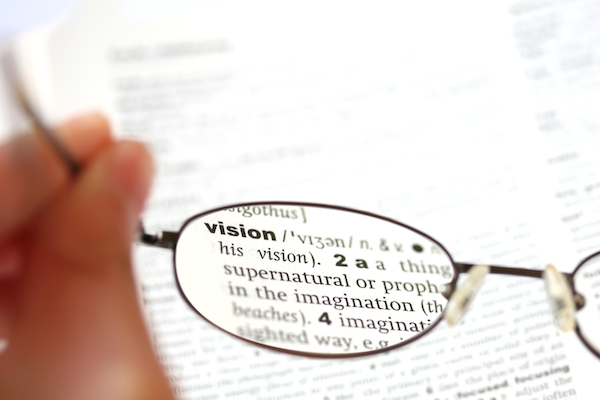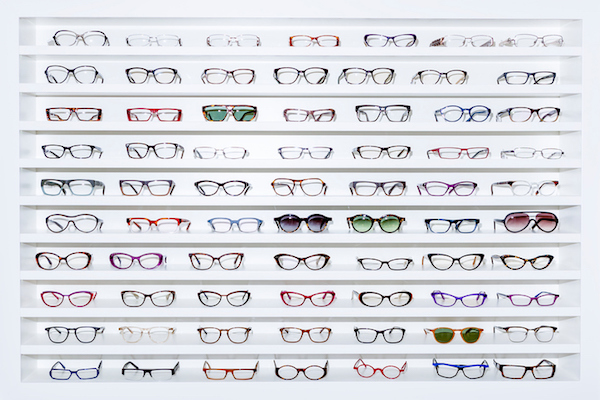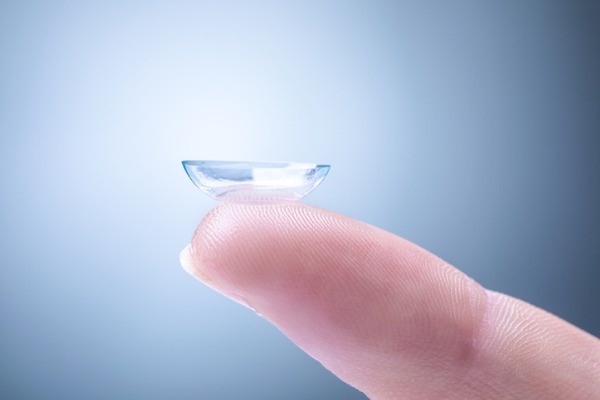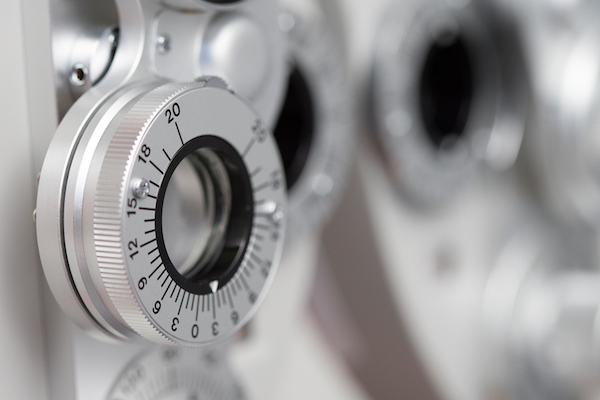
Multifocal Lenses – Weighing the Pros and Cons
Our vision starts to change when we reach the age of 40 and beyond, but multifocal lenses can ensure a smooth transition
The age of 40 is generally considered to be a turning point in life. If you’re reading this post, you’ve either been there and done that, or you’re steamrolling toward 40 like an out-of-control freight train (or maybe you’re too young to know any better).
If you’re like me and turning 40 is in the future, you’ll most likely have to grow accustomed to earlier bedtimes, more gray hair, and a hangover from merely thinking about a glass of wine (so I’ve heard). If 40’s in your rear view mirror, you probably didn’t mind those days so much.
Our vision also starts to change when we reach the age of 40 and beyond. For starters, reading small print becomes more difficult and lighting plays more of a role in our ability to see. The technical term for not being able to see up-close is called presbyopia. I haven’t had to deal with it yet, but I’ve seen many patients who have. From everything I’ve observed, presbyopia can be very frustrating, even for people who’ve worn glasses their entire lives.
Making the Correction:
Over the past decade or so, the use of multifocal lenses have become a popular trend in vision correction. Multifocal lenses are crafted specifically to combat the effects of presbyopia. Any particular candidate for multifocal’s will have options, and the logic is quite simple. Bifocal’s correct vision at distance and near. Trifocal’s correct distance, intermediate, and near. If that’s not enough, there are also progressive multi-focal’s which adapt to several ranges of vision.
If multifocal’s happen to be an option for you, I personally recommend soft multifocal contact lenses. I say this because significant improvements in these lenses have been made over the last few years. As far as wear schedules are concerned, current multifocal lenses can be discarded every day, every 2 weeks, or every 30 days. However, the majority of new products are falling into the daily disposable or 30 day disposable category.
No matter your wear schedule, remember to remove your lenses a few hours prior to sleeping to give your eyes a rest. And remember some of my tips from a previous post.
Benefits of Multifocal Lenses:
The following is a list of PROS if considering multifocal lenses:
- Increased comfortability from new product designs
- Increased comfortability from going glasses-free (most of the time)
- Ability to read cell phone and computer screen without wearing additional glasses over contact lenses
- Ability to maintain proper depth perception since both eyes are being corrected from distance to near
The following is a list of CONS if considering multifocal lenses:
- Night vision gets worse, especially when driving
- Symptoms of glare and/or halos around lights
- Reading glasses will still be needed in low light and small print situations
- The fitting process can be time consuming
It’s important to note that the process of determining best corrected vision (through multifocal’s or anything else for that matter) is different for every individual. It’s best to go into the process with an open mind, and the understanding that several follow-up appointments may be necessary.
If you’re having difficulty reading clearly, a trip to the eye doctor is the best place to start. All things considered, you may indeed have several options, but you should definitely consider the use of multifocal lenses.







